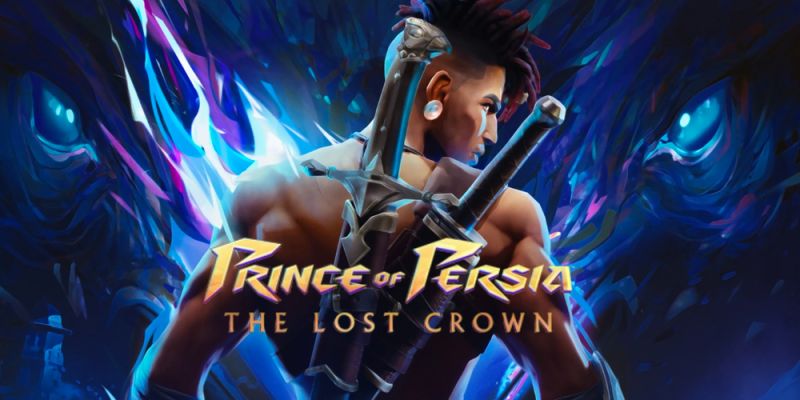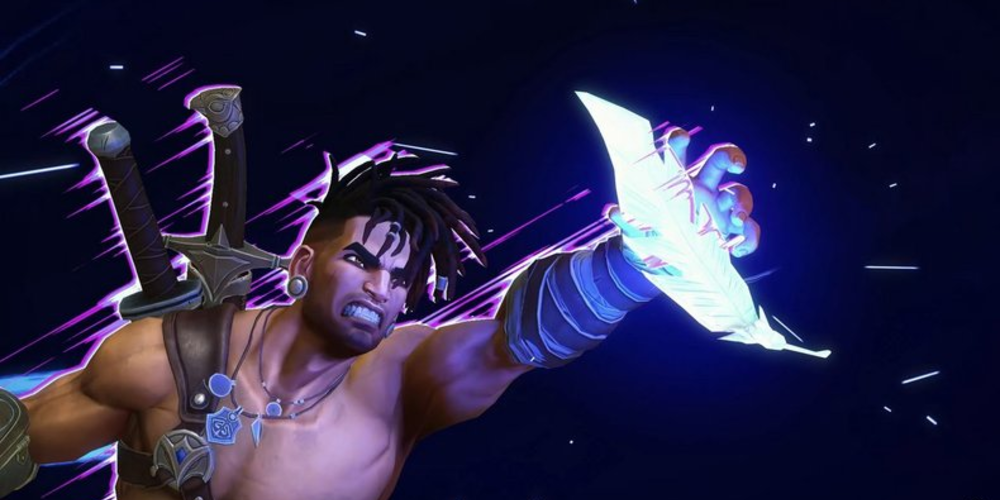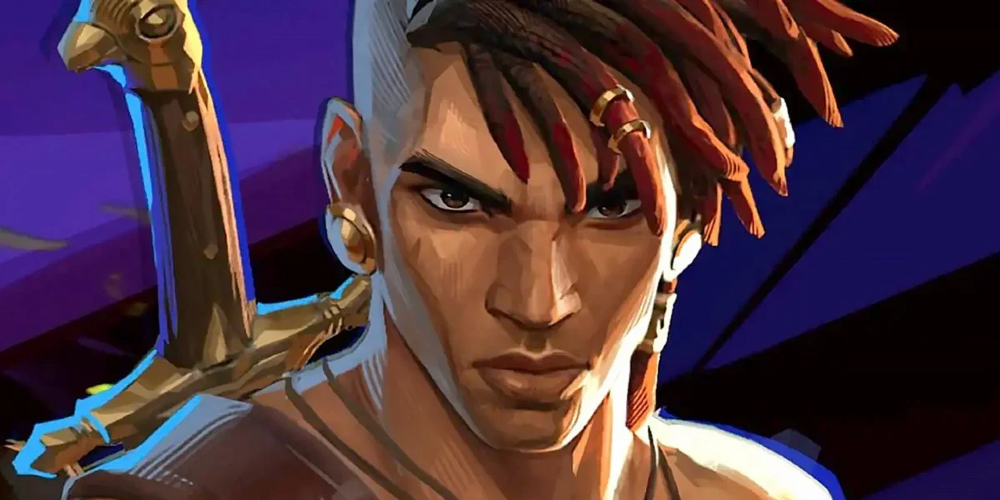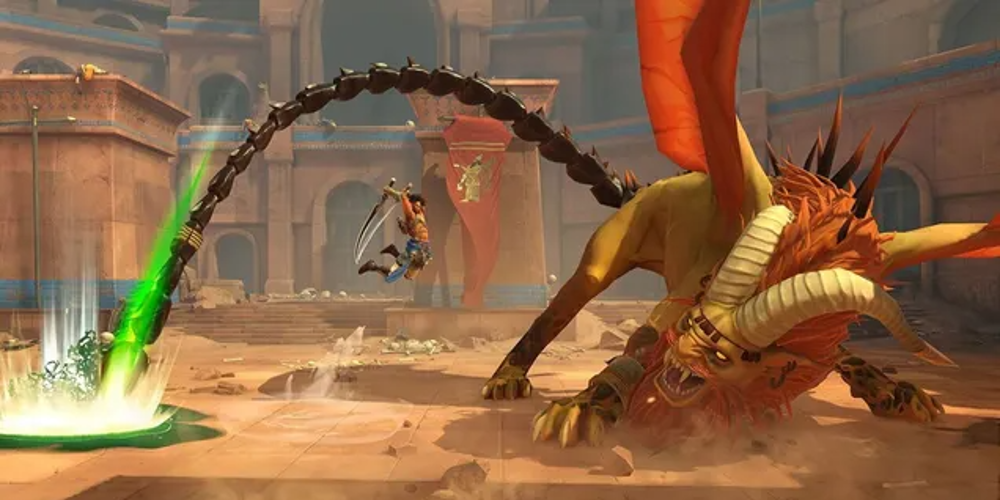
In a realm where weaving through intricate labyrinths and harnessing the power of enigmatic abilities defines the avant-garde of gaming, Prince of Persia: The Lost Crown emerges as a beacon of Metroidvania marvel. Through the twisting corridors of Mount Qaf to the vivid explosion of colors, the game stands as a testament to a meticulously crafted virtual adventure. Yet, in its ambition, it intertwines its brilliance with threads of narrative complexity that somewhat overshadow its splendor. Herein lies a detailed examination of this entrancing yet imperfect masterpiece.
A Vibrant World to Explore

At the heart of Prince of Persia: The Lost Crown lies its extraordinary world. Molded with a precision that breathes life into the 2D Metroidvania genre, the game's map invites players to lose themselves in its depths. The variance in environments—from the slimy recesses of the Depths to the enigmatic halls of the Sacred Archives—is commendable. Each area not only boasts a unique aesthetic but challenges players with a menagerie of foes and puzzles that are both vexing and enthralling. This careful crafting of realms, rich with vibrant hues and meticulous design, makes exploration an undiluted joy.
Puzzles That Challenge and Reward
Rooted deeply within the Lost Crown are its environmental puzzles; a symphony of physics and wit. It's these mind-bending challenges that elevate the experience, turning each moment of pause into a thrilling quest for solution. Leveraging the genre's hallmark of special abilities, players unravel these puzzles with a growing arsenal of powers. The incorporation of time-manipulation and clever use of the surrounding environment reflect a deep understanding of what makes a Metroidvania game tick. These elements combine to form a gameplay experience that is as intellectually stimulating as it is action-packed.
Combative Excellence and Strategic Intricacies
Battles within the game oscillate between blends of brute strength and strategic finesse. Sargon, the protagonist, wields the Qays and Layla dual blades with a prowess that makes melee combat feel exceptionally satisfying. The game introduces a variety of weapons and amulets, each adding a layer of depth to how players approach combat. Abilities like the 'Athra Surges' provide a tactical edge, allowing for dynamic combat strategies that keep engagements feeling fresh and invigorating.
The Narrative Conundrum

While Prince of Persia: The Lost Crown thrives in gameplay, its narrative ambition acts as a double-edged sword. The storyline, though ambitious in its exploration of themes of time and space, ultimately feels convoluted and intrusive. It's this complexity and insistence on narrative that disrupts the game's momentum, detaching players from the immersive experience that its world and puzzles so carefully construct. This stark juxtaposition between gameplay excellence and storytelling missteps leaves one pondering what could have been if the balance had been struck more adeptly.
Where the Story Stumbles
The Lost Crown’s narrative not only grapples with its own complexity but also struggles to build a meaningful connection between the players and its characters, including Sargon himself. This detachment is exacerbated by the game’s tendency to enforce its story upon players, interrupting the seamless flow that is crucial to the Metroidvania essence. Unlike its contemporaries that master the art of subtle storytelling, The Lost Crown’s approach feels somewhat cumbersome, affecting the otherwise fluid pacing of the game.
Conclusion: A Paradox of Brilliance and Flaws

Prince of Persia: The Lost Crown is a conundrum, woven from threads of exceptional game design and tangled in the webs of its narrative ambition. It stands as a monument to the Metroidvania genre, with its richly designed world, challenging puzzles, and dynamic combat. Yet, it is marred by a story that fails to harmonize with the rest of its offerings. Despite these narrative missteps, the game remains a must-play for aficionados of both the genre and the Prince of Persia legacy—testament to a return to form that, while not perfect, is undeniably captivating.






Leave a comment
Your comment is awaiting moderation. We save your draft here
0 Comments